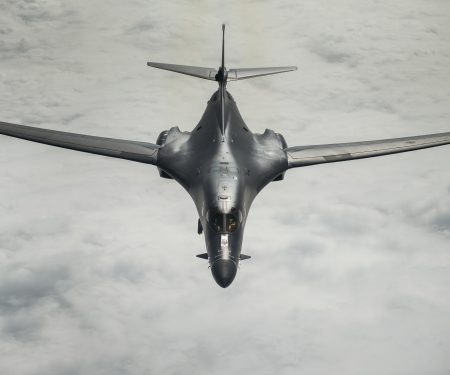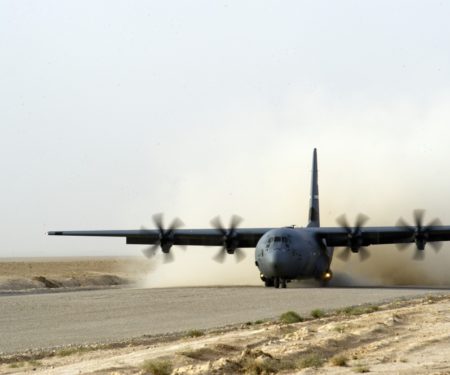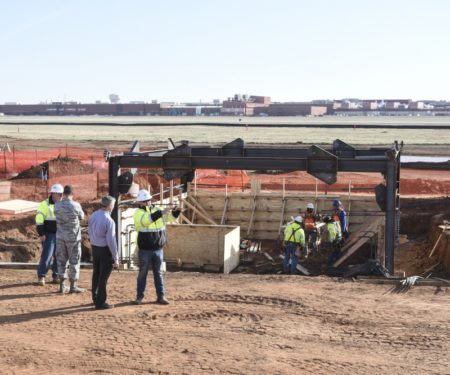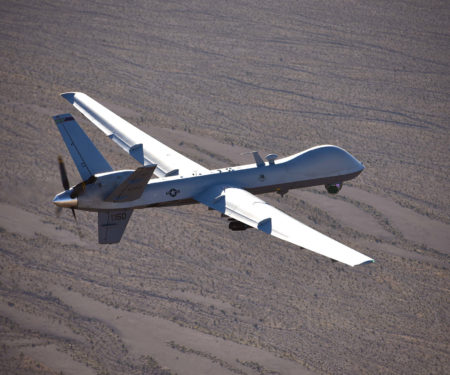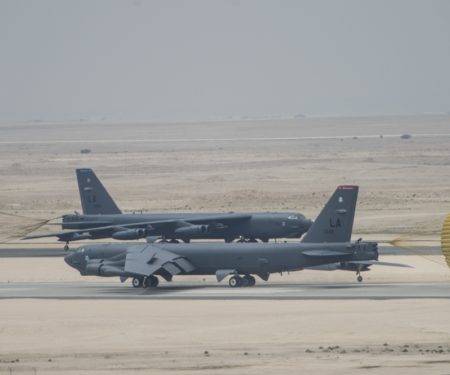Radar Sweep
PODCAST: The Aerospace Advantage: Episode 25
In episode 25 of the Aerospace Advantage, the Mitchell Institute team discusses their initial impressions of the fiscal 2022 defense budget submission to Congress, which has significant implications for the future of the Air Force and Space Force between the demands for next-generation technologies, the capacity needed for the present, and the challenges of standing up a new service.
Delivery of New Air Force One Planes Could be Delayed Until 2025
Boeing’s replacement for Air Force One might not come until 2025, principal deputy assistant secretary for Air Force acquisition Darlene Costello said on June 8, noting the contractor has fallen behind schedule building two VC-25Bs to serve as presidential transport aircraft. That would mark a year-long delay, but the Air Force must first review Boeing’s new schedule and examine the company’s stated cause for the delay—the COVID-19 pandemic and the bankruptcy of GDC Technics, a subcontractor. The department could also adjust its $3.9 billion fixed-price contract.
Vice President's Plane Malfunction Casts Light on Air Force C-32 Woes
Just a few days after the Air Force revealed in its 2022 budget that it was dropping plans to replace the aging C-32As that serve as Air Force Two, one of the planes suffered a technical issue during Vice President Kamala Harris’ trip to Guatemala that forced it to make an emergency return to Joint Base Andrews, Md. It’s not the first time the aircraft, which has been in service since 1998, has dealt with technical issues in recent years.
Digital Engineering Could Speed Wartime Arms Production
The U.S. Air Force is pushing to have weapons designed entirely digitally, in hopes of accelerating arms production in wartime by allowing different contractors to manufacture them. The push goes hand-in-hand with the service’s desire to possess a weapon’s data rights and prevent vendor lock, when the original manufacturer has a monopoly on decades worth of sustainment work. Designing digitally would also allow the Air Force to respond more quickly to developments from enemies.
What’s a Fair Price for KC-46 Spare Parts? The Air Force Isn’t Sure
USAF recently awarded Boeing an $88 million contract for spare parts for Japan’s KC-46 planes, but the deal included $10 million of which Air Force investigators could not determine if they were fair or reasonable. In particular, one part now costs 15 times what the Air Force previously had paid for it, leading to some concern that Boeing is trying to recoup some of the $5 billion in overrun costs it accumulated after winning a $4.9 billion contract in 2011. Rep. Rob Wittman, the top Republican on the House Armed Services Committee’s seapower and projection forces subcommittee, criticized Boeing over the news and said the Air Force needs to either renegotiate or pursue another deal entirely.
SECNAV Memo: New Destroyer, Fighter, or Sub: You Can Only Pick One; Cut Nuclear Cruise Missile
In a memo dated June 4, acting Navy Secretary Thomas Harker said the service could only afford to prioritize one of the “next generation of air, surface, and subsurface platforms” in the fiscal 2023 budget, part of a larger Program Objective Memorandum for the 2023 budget cycle. Harker also called for the department to cut funding for the nuclear Sea-Launched Cruise Missile. Plans to replace the Navy’s F/A-18E/F Super Hornet have been ongoing for years, and most recently, the department established a program office to develop the Next-Generation Air Dominance (NGAD) program in 2020.
Cape Cod Air Force Station to be Renamed Cape Cod Space Force Station
Cape Cod Air Force Station in Sandwich, Massachusetts, will become the latest military installation to officially switch names and come under the Space Force, the Defense Department has announced, with a renaming ceremony set to take place June 11. Cape Cod will join Cape Canaveral as the second Space Force Station, as well as Vandenberg, Buckley, and Patrick Space Force Bases.
PODCAST: Air Force Finds Algorithm Can Help Predict an Officer’s Future Performance
RAND Corporation policy researcher David Schulker speaks about his work for the Air Force developing new technologies, specifically focused on the realm of performance evaluation. Schulker’s team used artificial intelligence to analyze performance reviews for USAF officers and identify key phrases and words the program associated with top performers, finding that the AI identified the same phrases and words that senior officers do in manually reviewing performance reviews.
Air Force’s Last Serving POW Retires
In 1991, Lt. Col. Rob Sweet was shot down in his A-10 Thunderbolt II over Iraq while serving in Operation Desert Storm. He was captured and spent 19 days as a prisoner of war, enduring beatings and starvation, before finally being released. He is the last serving Air Force prisoner of war, and on June 5, Sweet completed his final flight at Moody Air Force Base, Georgia.
AFA Appoints Castle to Lead Legislative Affairs
The former Principal Deputy General Counsel for the Pentagon is joining the Air Force Association as the organization’s Director of Legislative Affairs. William S. Castle worked in the Defense Department starting in 2017 and spent a year as Acting General Counsel. In his role, he helped advise the Defense Secretary and Under-Secretary on legal matters. He also has experience as the Minority General Counsel for the Senate Armed Services Committee and as a senior staffer for Senator Orrin G. Hatch.
AFRL’s THOR Hammers Drones in New Video Animation
In a video released June 8, the Air Force Research Lab animated how its new Tactical High-power Operational Responder (THOR) weapon can be utilized to destroy swarms of enemy drones. A prototype, THOR used directed energy to disable electronics in drones and is specifically designed to take down large groups of them using large radio wave bursts.
